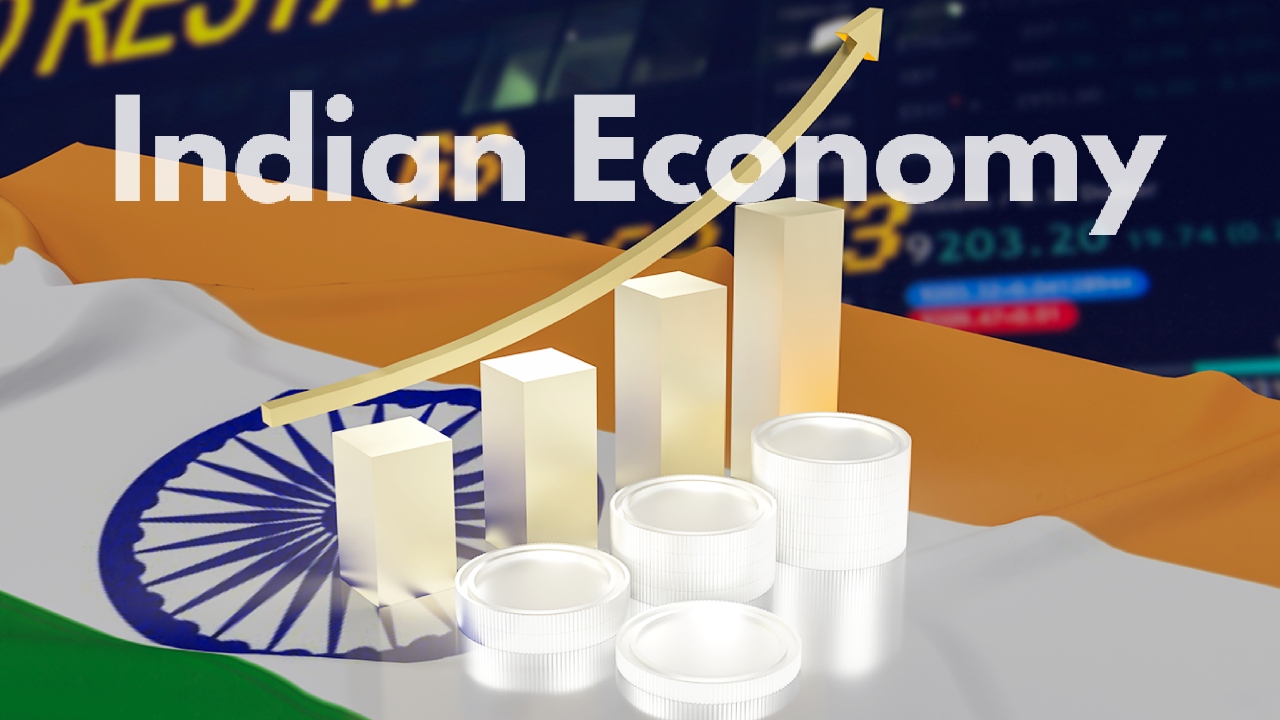The main and important sector for economic development is the industrial sector. Through it, rapid economic development can be achieved. Most of the developed countries are industrial countries, which indicates that rapid development is possible through industrial development. The economic importance of the agricultural sector in the Indian economy can be presented in this way.

The first phase of industrial development in India is considered to be from 1951 to 1965. During that time, important work has been done in the direction of building the foundation of industrial development in the country. The second phase of industrial development is from 1965 to 1980. In it the speed of industrial development slowed down. The third phase which is the decade from 1980 to 2018 saw an industrial revival, attributed to encouraging industrial policy and liberal fiscal policy. Apart from that, the good performance of the agriculture sector and the development in the service sector contributed significantly to it. Total factor productivity increased by 3.4% per annum during this period. While from 1966-67 to 1979-80, there was a decrease of 0.2 to 0.3 per year.*5.
India’s industrial structure has undergone developmental changes over the past few years. Based on that, the characteristics of Indian industries can be deduced. Here we will discuss what are the modern industrial trends in India in terms of business factor and how it can affect the business environment. Before that, let us consider how important the industrial sector is in the Indian economy. So that industrial development can be understood contextually.
Development of Agriculture:
Development of agriculture becomes possible only through the development of industries. The raw material of most industries is agricultural products. Therefore, with the development of industries, the production of agricultural products increases. In addition, chemical fertilizers, pesticides, Electric and diesel pumpsets, agricultural implements and machinery etc. are supplied by industries. Additional labor in agriculture is employed by industries. The needs of the villagers are met by Agriculture and industry are economic vs complementary sectors. Development of industries accelerates agricultural development.
Rapid income generation:
Rapid income generation through industrial developmentis Industries are based on human endeavours. Industries are not dependent on natural resources like agriculture. Improvements in technology enable faster production and higher income generation by increasing productivity. The benefits of growth and unit growth can be realized instantly. There is a direct correlation between industrialization and higher income. Au countries have much higher per capita income.
Higher standard of living :
Industrialization leads to increase in income. HenceAfter the basic needs are satisfied, they demand entertainment, comfort and luxuries like motorcars, TVs, computers, fridges, air conditioners, motor-bikes, scooters, advanced furniture etc. These things are provided by the industries and thus, the contribution of the industries can be considered important in raising the standard of living of the people
Maximum benefits of foreign trade:
When industries are developedOr when there is less development, finished goods are imported at high prices and raw materials are exported at low prices. Thus, two losses occur. Besides, imports are more than exports. Hence the article remains unfavorable. But as industrial development takes place, exports of finished goods increase. Imports of manufactured goods decrease. Exports of raw materials also decrease and exports increase more than imports. Thus, the economic growth of the country can be accelerated by taking maximum benefits from abroad through industrial development.
Use of surplus labor :
Vastham in an underdeveloped country like India As labor force increases. But the employment opportunities are not increasing that much. A. Development increases employment opportunities. Labour-oriented production system as well as development of non- and cottage industries generate abundant employment. Hence labor surplus is used up. Thus, even in terms of employment generation,
Aggregate and extended economics:
Development of industries along with economics makes elaborate. As industries grow, capital goods grow. Many things are produced. Technology evolves. Increases opportunities to maximize cost with less. This accelerates industrialization. The economy is expansive and inclusive. The economy becomes dynamic and progressive.
Safety and Security :
All arms, weapons, implements for protection of industries makes Industries manufacture modern missiles, tanks, bombs, warplanes, warships, weapons etc. Apart from this the development of industries does not create a problem even if goods are not available from abroad during the war. We don’t have to depend on other countries. Thus, industry has a huge contribution in maintaining and enhancing the security and safety of the country.
Contribution to National Income:
As industries develop their share in national incomeincreases. In industrialized countries industry has a higher share of national income. Whereas in developing countries the share of industries in national income is less. For example, in 2012, industries accounted for 45 percent of national income in China and 26 percent in India.
